The Roman Meaning behind Zuckerberg’s Sculpture for his Wife, Priscilla
Mark Zuckerberg revives Roman tradition with a sculpture of his wife, blending historical admiration with personal tribute in a public display.
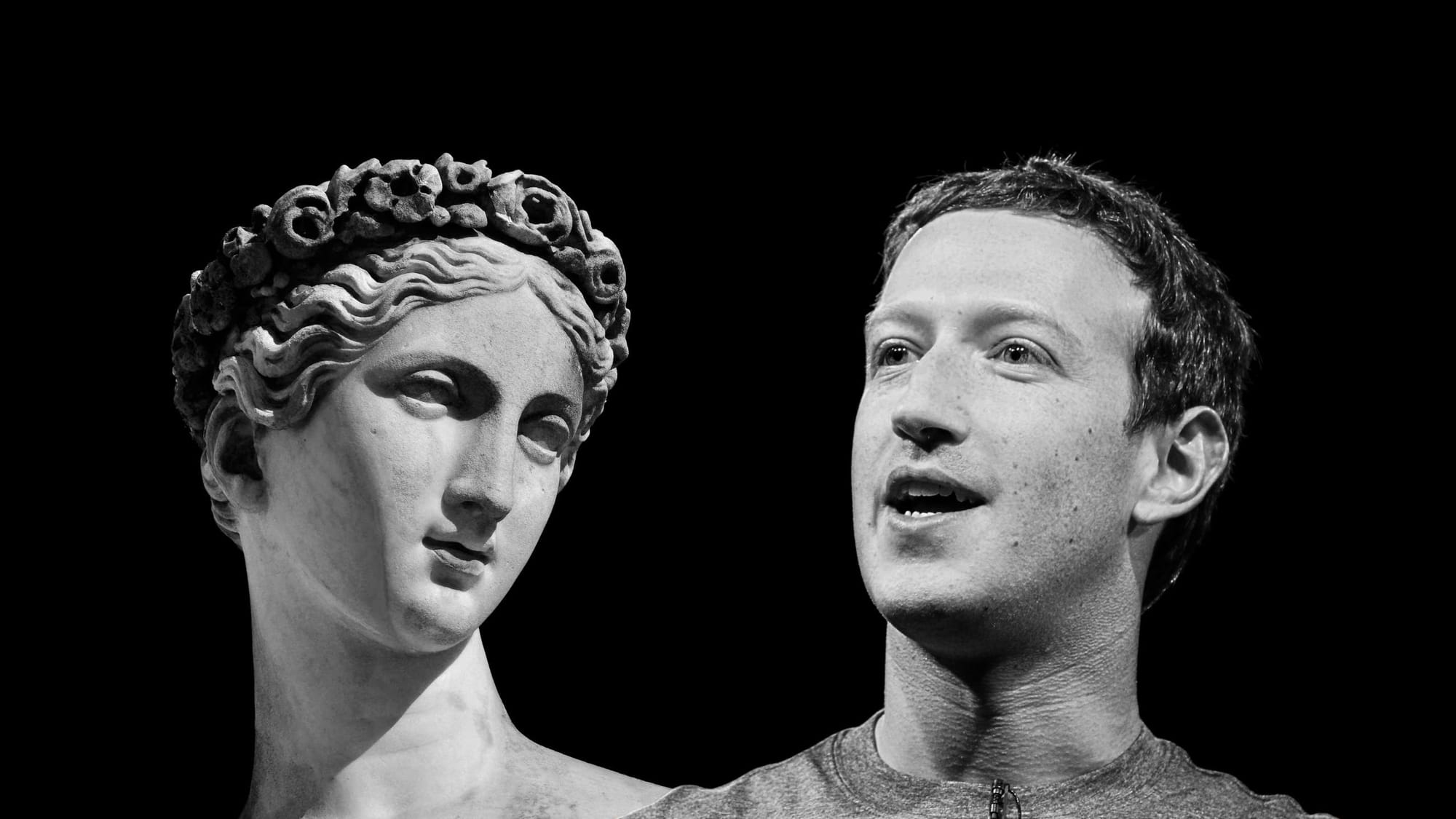
Mark Zuckerberg, the co-founder and CEO of Meta, recently shared an intriguing post on Instagram where he unveiled a sculpture of his wife, Priscilla Chan. This sculpture, crafted in a classic Roman style, reflects Zuckerberg’s continued fascination with Roman history and traditions.
In the post, Zuckerberg mentioned that he is reviving an ancient Roman tradition by commissioning this sculpture, which he proudly displayed to his followers. The intricacy and attention to detail in the sculpture suggest that it was crafted with great care, symbolizing more than just a mere likeness of his spouse.
Zuckerberg's choice to share this sculpture aligns with his previous expressions of admiration for the Roman Empire. His latest Instagram post seems to be a step beyond mere art appreciation; it highlights and affirms his deeper connection with the values and customs of ancient Rome. This gesture not only honors his wife but also ties into a broader narrative that Zuckerberg has been building around his public persona, one that is increasingly intertwined with Roman historical references and symbolism.
Priscilla Chan’s sculpture, as shared by Mark Zuckerberg on his Instagram profile, stating that he‘s “bringing back the Roman tradition of making sculptures of your wife.”
Connecting with the Roman Empire: A Pattern in Zuckerberg's Public Life
This is not the first time Zuckerberg has drawn connections to the Roman Empire. Previously, we wrote about he wore a T-shirt emblazoned with a quote attributed to Augustus, signaling his admiration for the Roman Emperor. As time goes by, it becomes clear that Zuckerberg sees parallels between the challenges faced by Roman leaders and his own role in shaping the future of technology.
The use of Roman imagery and quotes in his public appearances underscores this connection, suggesting that Zuckerberg views the Roman Empire as a model for leadership and innovation.
The sculpture of Priscilla Chan is another layer in this ongoing narrative. By creating a Roman-style sculpture, Zuckerberg is not only honoring his wife but also aligning himself with the traditions of an empire that has long fascinated him. This act can be seen as part of his broader attempt to draw on the legacy of Rome to convey messages about power, legacy, and personal commitment.
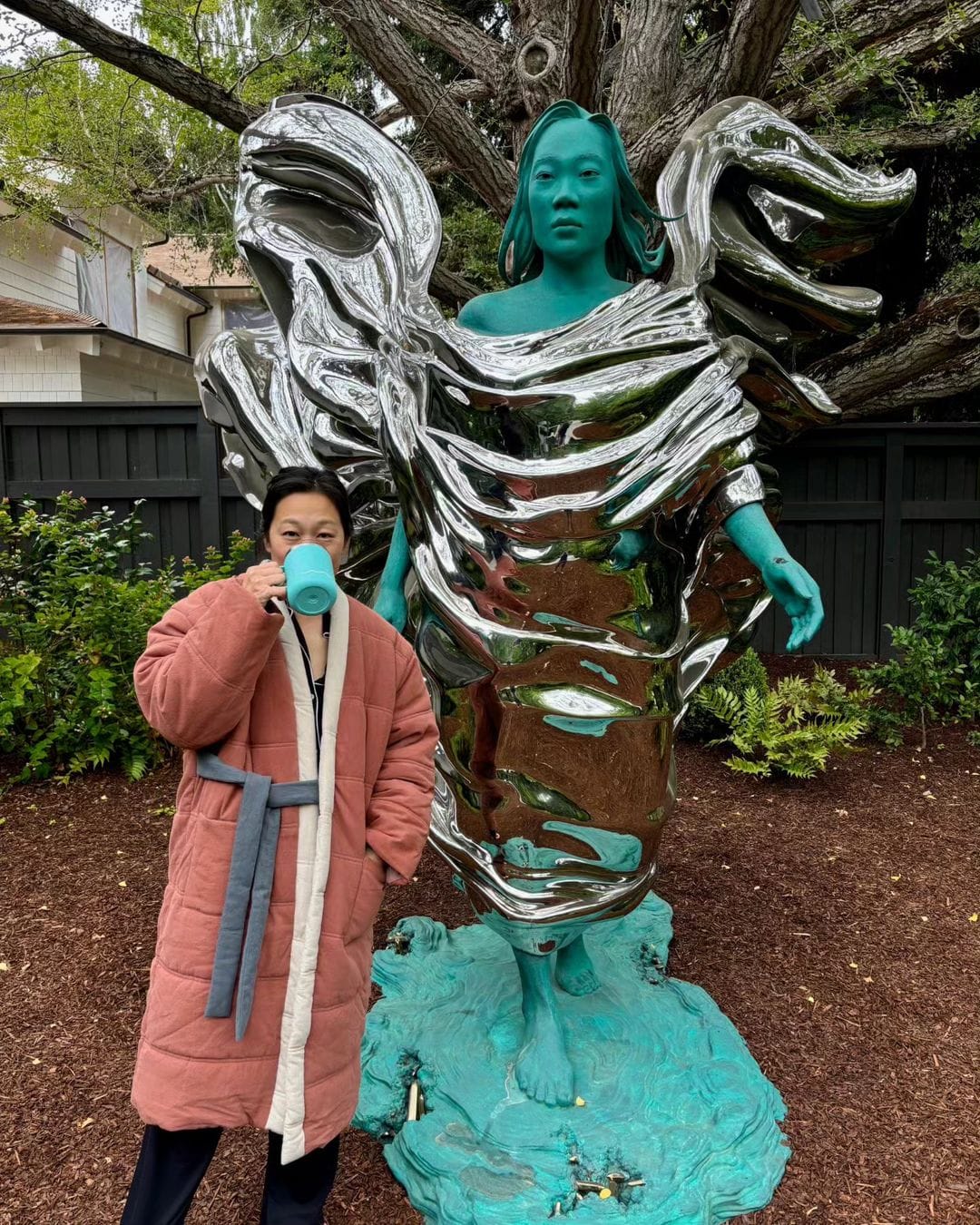
Roman Traditions of Sculptures for Wives
In order to better understand Zuckerberg’s motives in crafting this present for Priscilla, we have to go back in ancient Rome, where the practice of commissioning sculptures was deeply intertwined with the social and political fabric of society. These sculptures served as more than just artistic expressions; they were powerful symbols of status, virtue, and familial honor.
Statues of wives, in particular, played a crucial role in reinforcing the public image of Roman families, especially those belonging to the elite classes. The tradition of creating such sculptures can be traced back to the Republic, but it became especially prominent during the Imperial period, reflecting the changing dynamics of Roman society and the increasing prominence of women within the public sphere.
The tradition of sculpting women, particularly wives, was rooted in the Roman ideal of pietas—a concept that encompassed duty, loyalty, and devotion to one’s family, the gods, and the state. A wife’s statue often symbolized her embodiment of these virtues, serving as a public testament to her moral integrity, fertility, and loyalty to her husband and family.
The sculptures were typically idealized, emphasizing qualities that were highly valued in Roman society, such as modesty, virtue, and physical beauty. These statues were not only tributes to individual women but also served to enhance the status and honor of the entire family.
One of the most famous examples of this tradition is the statue of Livia Drusilla, the wife of Augustus, who was often depicted in statues as the epitome of Roman womanhood. Livia’s statues were strategically placed in public spaces, temples, and family tombs, reinforcing her role as a matron who exemplified the ideal qualities of a Roman wife and mother.
These sculptures contributed to the construction of her public image, portraying her as both a model of feminine virtue and a powerful political figure in her own right. As the wife of the first Roman emperor, Livia’s image was instrumental in legitimizing the new Imperial order, linking the stability and prosperity of Augustus’s reign with her own virtues as a wife and mother.
The practice of commissioning statues for wives also had a significant political dimension. In many cases, these statues were commissioned not just as personal tributes but as public displays of loyalty and political alliances. For example, in the wealthy and politically connected families of the Roman elite, a statue of a wife could serve as a symbol of the family’s alignment with the ruling powers. By showcasing their wives in prominent locations, these families signaled their loyalty to the emperor and the state, reinforcing their political connections and securing their status within the Roman social hierarchy.
Moreover, these statues were often placed in highly visible public spaces, such as forums, temples, and theaters, where they could be seen by large numbers of people. This public display was a way of communicating the family’s values and status to the wider community, reinforcing their social position and political influence. In this way, the tradition of sculpting wives was not just about honoring the individual woman but about promoting the family’s collective identity and power.
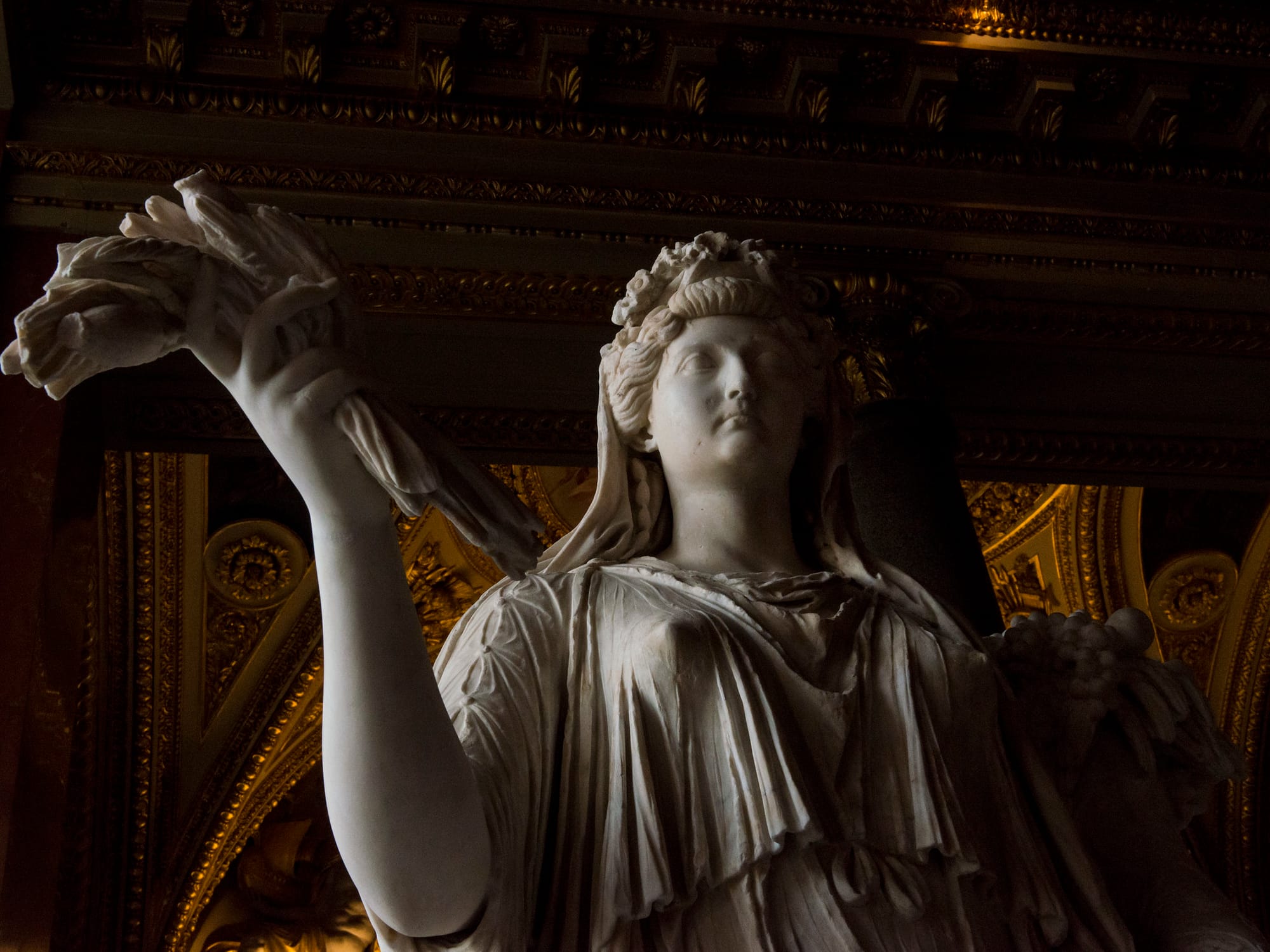
The Art behind Roman Wife Sculptures
The artistic style of these sculptures was also carefully considered. Roman sculptors often drew inspiration from earlier Greek art, particularly the idealized forms of the Classical period. This influence can be seen in the elegant drapery, serene expressions, and idealized proportions of many Roman statues of women.
However, Roman sculptures were distinct in their emphasis on realism and individuality, often incorporating specific features that reflected the personality and status of the subject. This blend of idealization and realism helped to create images that were both aspirational and deeply personal, capturing the essence of the woman being honored while also reflecting broader social ideals.
The materials used for these sculptures were typically marble or bronze, both of which were associated with durability and permanence. Marble, in particular, was prized for its ability to capture fine details and was often used for statues that were intended to be displayed in temples or other sacred spaces. Bronze, on the other hand, was often used for more public displays, as it was more durable and could withstand exposure to the elements. The choice of material was therefore not just an aesthetic decision but also a reflection of the intended purpose and significance of the statue.

The commissioning of a wife’s statue was also a reflection of the husband’s wealth and social standing.
Mark Zuckerberg, Credits: Alessio Jacona, CC BY-SA 2.0
Only the wealthiest families could afford to commission such works, and the quality of the sculpture often reflected the family’s resources and connections. The more elaborate and finely crafted the statue, the greater the prestige it conferred upon the family. In this way, the tradition of sculpting wives was deeply intertwined with the social and economic dynamics of Roman society, serving as a marker of both personal and familial achievement.
The tradition of creating sculptures for wives in ancient Rome was a multifaceted practice that served a variety of social, political, and artistic purposes. These statues were not just representations of individual women but were powerful symbols of the values and status of the families who commissioned them.
By participating in this tradition, Roman men could publicly affirm their loyalty to their wives, their families, and the state, reinforcing their position within the social hierarchy and contributing to the enduring legacy of Roman art and culture.
Mark Zuckerberg’s decision to commission a sculpture of his wife, Priscilla Chan, in a similar vein, reflects a deep connection to these ancient traditions and underscores the importance he places on their relationship in both personal and public contexts. (Livia and the History of Public Honorific Statues for Women in Rome, Marleen B. Flory)
Is there a Hidden Meaning Behind this Sculpture?
Zuckerberg’s decision to commission and publicly share this sculpture may carry deeper meanings. On the surface, it appears to be a romantic gesture, but considering Zuckerberg's known affinity for Roman history, it could also be seen as a symbolic act.
As we explored above, in Roman times, such statues were often used to cement alliances, demonstrate loyalty, or reinforce the social standing of a family. By sharing this sculpture, Zuckerberg may be signaling the importance of his wife in his life, not just privately but as a key figure in his public and professional world, plus a way to showcase that the Zuckerberg family has a social standing well above average, in today’s society.
The choice of a Roman-style sculpture, with all its historical connotations, could also be a statement about legacy and the enduring nature of their partnership. Just as Roman statues were meant to last for centuries, preserving the memory and virtues of the individual, this sculpture could be seen as a modern-day equivalent—a lasting tribute to the role Priscilla plays in Zuckerberg’s life.
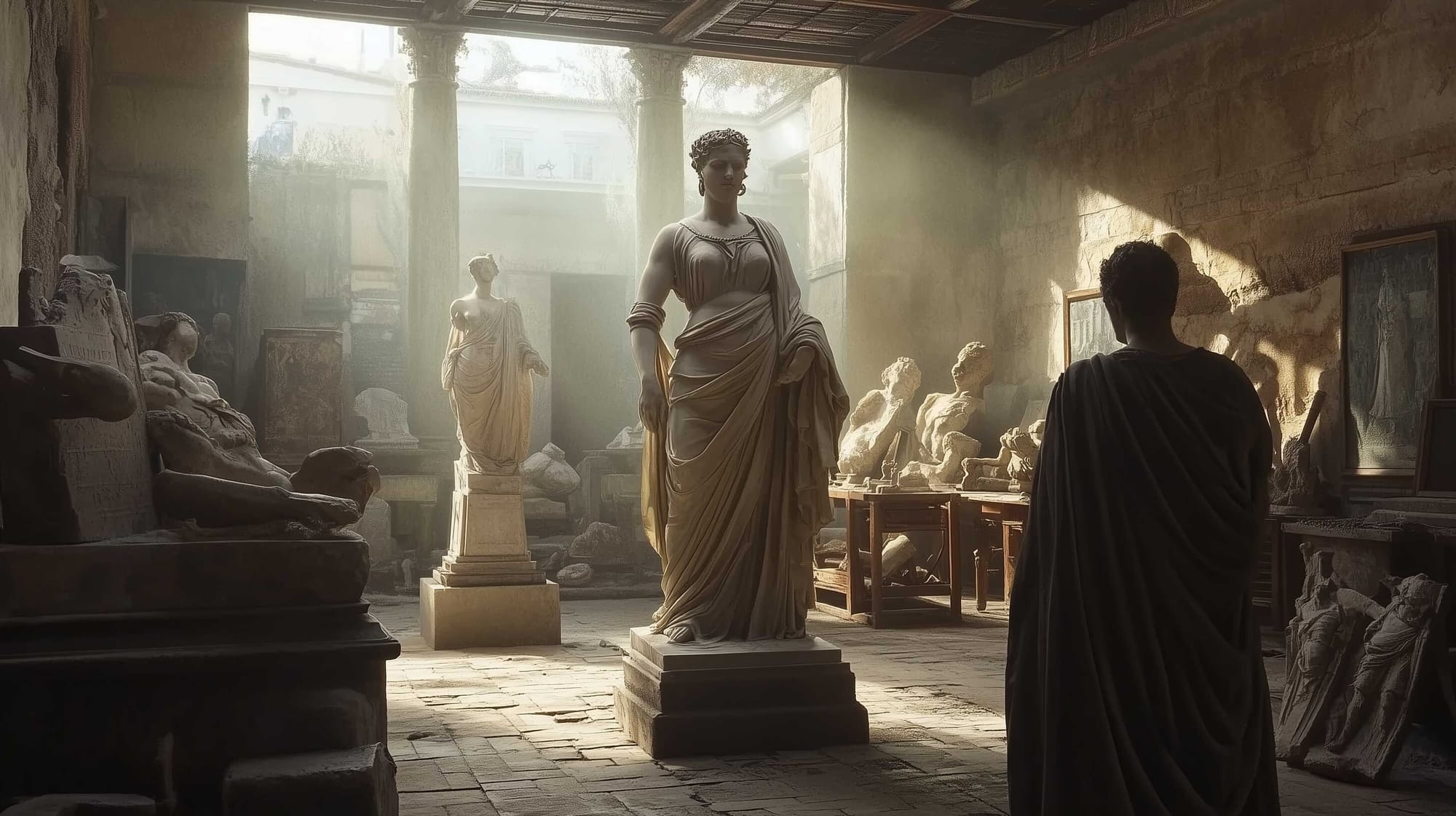
Priscilla Chan‘s Life Work
To better understand this gesture, we have to take a dive into Priscilla Chan’s latest achievements, that may shed a light as to how important she is for Mark Zuckerberg.
Priscilla, a physician and philanthropist, is widely recognized for her significant contributions to healthcare and education through the Chan Zuckerberg Initiative (CZI), which she co-founded with her husband in 2015. The CZI is a philanthropic organization dedicated to advancing human potential and promoting equal opportunity, with a strong focus on leveraging technology to solve some of the world's most pressing challenges.
Under Priscilla's leadership, the initiative has committed billions of dollars to various causes, particularly in the fields of education, science, and criminal justice reform.
One of Priscilla’s key passions is education, where she has been instrumental in driving efforts to improve access to quality education for all children, regardless of their background. Through the CZI, she has supported the development of personalized learning tools and partnered with schools and educators to enhance the educational experience for students.
Her work in this area is deeply influenced by her own experiences as a former teacher, where she saw firsthand the disparities in educational opportunities available to children from different socioeconomic backgrounds.
In addition to education, Priscilla has been a strong advocate for healthcare reform, particularly in advancing biomedical research and supporting initiatives aimed at curing and managing diseases. The CZI has funded numerous research projects and initiatives designed to accelerate scientific discovery, with a particular emphasis on utilizing technology and data to drive breakthroughs in medicine.
Priscilla’s background as a pediatrician informs her approach to healthcare philanthropy, emphasizing a patient-centered perspective that prioritizes long-term, sustainable solutions.
Her personal commitment to philanthropy is further exemplified by her deep involvement in the day-to-day operations of the CZI. She is known for her hands-on approach, often working closely with community leaders, scientists, and educators to ensure that the organization’s efforts are making a tangible impact.
Her leadership has been pivotal in shaping the CZI’s mission and ensuring that it remains focused on its goal of creating a better future for all. Through her work, Priscilla Chan continues to influence the fields of education and healthcare, hoping to leave a lasting legacy that extends well beyond her personal and professional life.
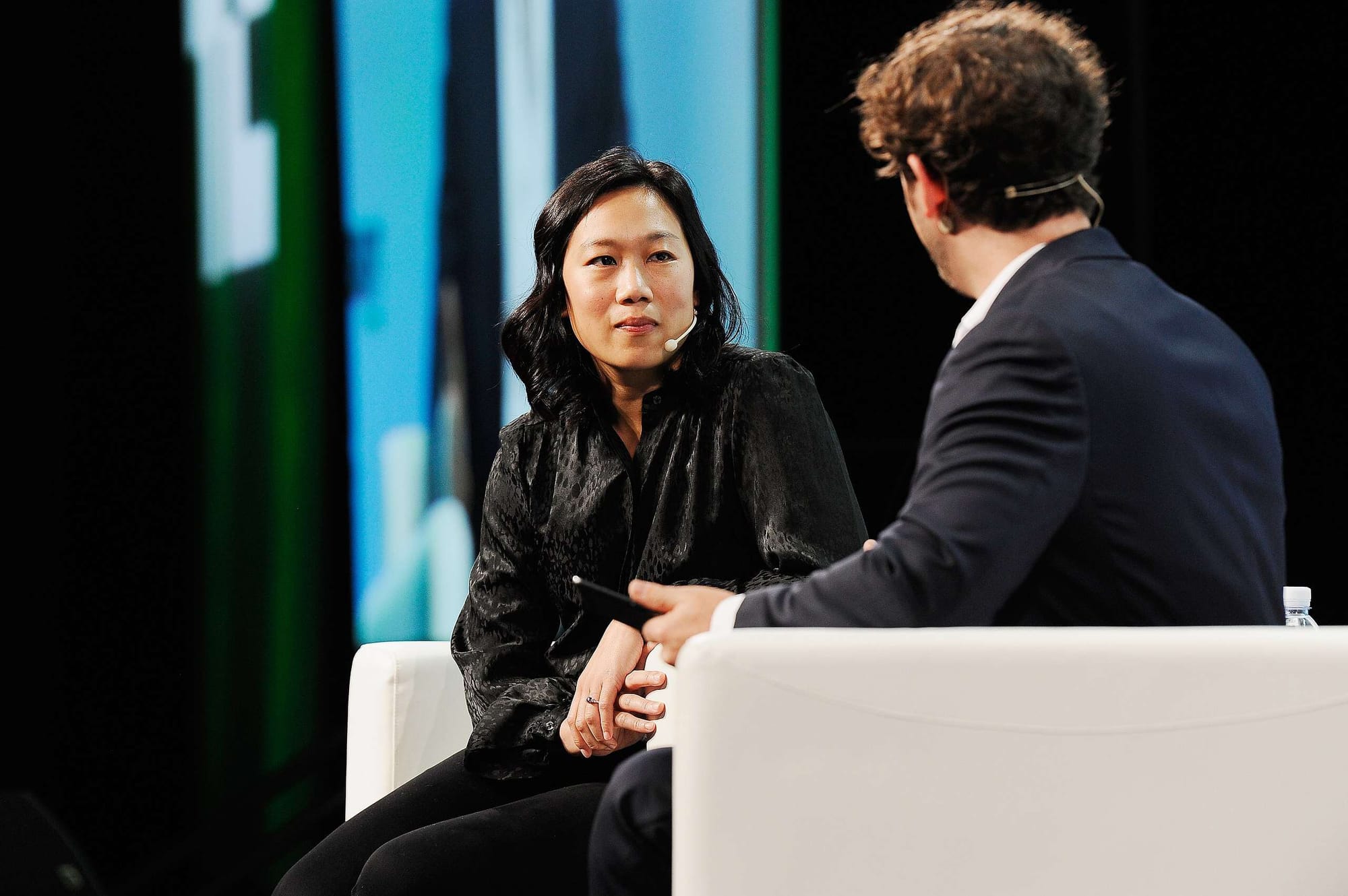
How Important Must Priscilla Be to Zuckerberg?
Creating a sculpture in the likeness of his wife and presenting it to the world speaks volumes about the importance of Priscilla Chan to Mark Zuckerberg. This gesture goes beyond mere affection; it is a public declaration of her significance in his life.
By aligning her with the virtues celebrated in Roman statuary—beauty, loyalty, and moral integrity—Zuckerberg is placing her on a pedestal, both literally and figuratively. This act also reflects the personal investment Zuckerberg has in his relationship with Priscilla, much like the Roman men who commissioned such works to honor their wives.
It’s a powerful statement about the role she plays not just in their family but in the broader narrative of Zuckerberg’s life and work. In a way, the sculpture is a testament to the partnership that has supported Zuckerberg throughout his career, suggesting that Priscilla’s influence is integral to his success.

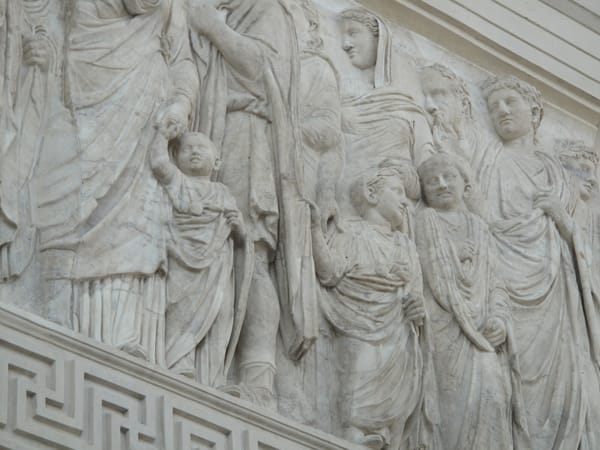
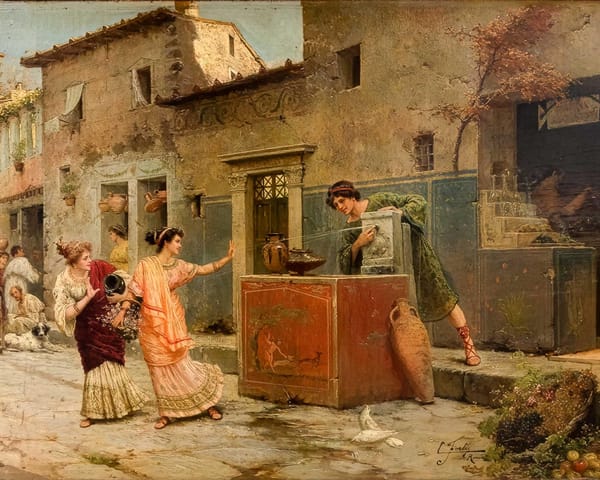
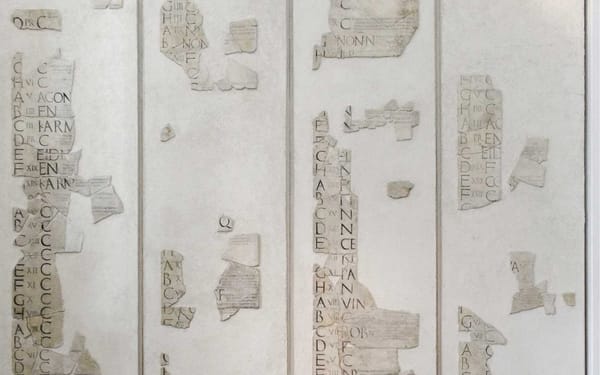

About the Roman Empire Times
See all the latest news for the Roman Empire, ancient Roman historical facts, anecdotes from Roman Times and stories from the Empire at romanempiretimes.com. Contact our newsroom to report an update or send your story, photos and videos. Follow RET on Google News, Flipboard and subscribe here to our daily email.
Follow the Roman Empire Times on social media: